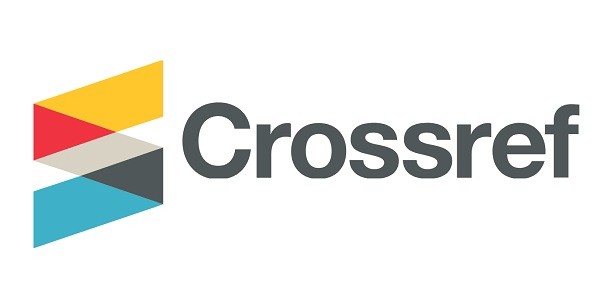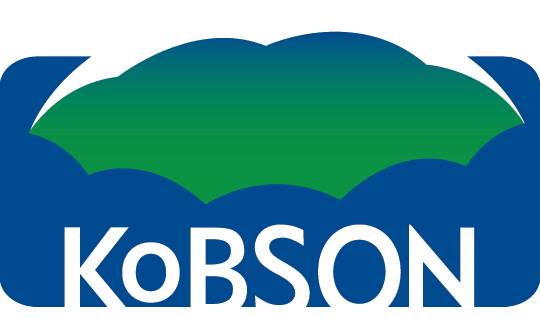DOI: 10.5937/jaes0-27212
This is an open access article distributed under the CC BY 4.0

Volume 18 article 729 pages: 571 - 577
In this article, the authors analyze the correspondence of international transport law and national (Kazakhstan) law
on issues of ensuring the quality and safety of all types of transport and their transportation services. The article suggests
the titles of a number of new international conventions and agreement son the need to implement the principles
of quality, reliability, and safety of manufactured vehicles, as well a son the necessity to comply with transport safety
rules during its operation, which must be developed and adopted in the future. Kazakhstan scientists, vehicle manufacturers
must invent and produce original and at the same time reliable, efficient vehicles. Drivers of Kazakhstan’s
vehicles, as well as drivers in all other countries, are required to follow traffic regulations related not to only modern
cars, but also be able to drive future digitalized unmanned vehicles, all those types of transport that will run on solar
and other energy of the future. In this regard, the authors proposed the titles of a number of domestic laws on the
feasibility of creating new vehicles with high-quality, environmentally friendly engines, artificial intelligence-based
steering, and a reliable chassis, which will be adopted in the legal field of Kazakhstan and other states. According to
the authors of the article, such approaches will allow the quality and safety of transport and transportation in Kazakhstan
to comply with international standards.
1. Alrawi, A. K. O. (2020). Policies of Sustainable Transportation in the Holy City of Karbala. Journal of Southwest Jiaotong University, 55(2). https://doi. org/10.35741/issn.0258-2724.55.2.16
2. Volkov, V. S., Magomedov, V. K., Surkhaev, G. M. (2016). Some Issues of Increasing Reliability of Motor Vehicles. Journal of Southwest Jiaotong University, 51(3). http://jsju.org/index.php/journal/article/ view/239
3. List of countries producing vehicles. (2020). auto. VERcity.https://auto.vercity.ru/statistics/production/ 2020/
4. Bookbinder, J. H. (ed.) (2012). Handbook of Global Logistics: Transportation in International Supply Chains. Springer, New York. doi: 10.1007/978-1- 4419-6132-7
5. Spanjaart, M. (2018). Multimodal Transport Law, 1st ed. Routledge, London. https://www.routledge.com/ Multimodal-Transport-Law-1st-Edition/Spanjaart/p/ book/9780415789820
6. Tseng, C.-J. C. (2016). The Rotterdam Rules in Harmonizing the Law of International Carriage of Goods by Sea: A Study of the Perspectives of Shipping Companies, Marine Insurance Companies and P&I Clubs. https://www.semanticscholar.org/paper/ The-Rotterdam-Rules-in-harmonising-the-law-ofof- by-Tseng/c81cc7db61ed93fed20490995df95b- 8cec24e194
7. Fialkoff, М. (2020). Uniformity of Transport Law Through International Regimes. Trannsport Reviews, 40(1), 120–121. https://doi.org/10.1080/0144 1647.2019.1656678
8. Faulks, R. W. (1999). International Transport: An Introduction to Current Practices and Future Trends. CRC Press, London. https://www.routledge. com/International-Transport-An-Introduction- to-Current-Practices-and-Future/Faulks/p/ book/9780849340833
9. Atamkulov, E. D., Zhangaskin, K. K. (2004). Kazakhstan Rail Transport: Transportation Process. Under the general editorship of B.K. Aliyarov: Monograph, vol. 2. Almaty.
10. Bordunov, V. D. (2007). International Air Law. Scientific Book, Moscow.
11. Yevseeva, A. A., Tipushova, I. O. (2017). Trends and prospects of Russian international freight road transportation. Scientific and Methodological Electronic Journal Concept, 39, 1516–1520.
12. Grechukha, V. N. (2015). International Transport Law, 3rd ed. Yurait Publishing House, Moscow.
13. Grechukha, V. N. (2020). Transport Law: Legal Regulation of Air Transport: Monograph. Yustitsiya, Moscow. Marat Aldangorovich Sarsembayev, et al. - Compliance of national legal quality level, transport and transportation services safety with world standards in perspective
14. Grechukha, V. N. (2020). Transport Law: Legal Regulation of Railway Transport: Monograph. Yustiztiya, Moscow.
15. Pokrovsky, A. K. (2018). The Study of Control Systems. The Transport Industry. KnoRus, Moscow.
16. Troitskaya, N. A. (2004). Unifi ed Transport System. Academy Publishing Center, Moscow.
17. Tolochko, O. N. (2006). International Transport Law. Grodno State University, Grodno.
18. Tuleugaliev, G. I. (2001). International Transport Law. Daneker, Almaty.
19. Ignashin, B. (2017). How 3D printing will destroy the traditional spare parts market - our prediction. https://www.kolesa.ru/article/kak-3d-pechat-unichtozhit- traditsionnyj-rynok-zapchastej-nash-prognoz
20. Almeida, J. C., Moreira, A., Moreira, L., Arbilla, G. (2008). Primary Emission Ratios Obtained from the Monitoring of Criteria Pollutants in Reboucas Tunnel, Rio De Janeiro, Brazil. Periodico Tche Quimica, 5(9), 13–18. http://www.deboni.he.com.br/arquivos_ jornal/2008/JANEIRO/2.pdf
21. How many rivers are there on the Earth? (2018). http://www.bolshoyvopros.ru/questions/2642816- skolko-na-zemle-rek.html
22. The largest floods in the world after 1976. https:// helpiks.org/8-14855.html
23. Strategy 2050. (2020). Export of domestic cars increased by 10 times. https://strategy2050.kz/ ru/news/eksport-otechestvennykh-avto-uvelichilsya- v-10-raz-/







